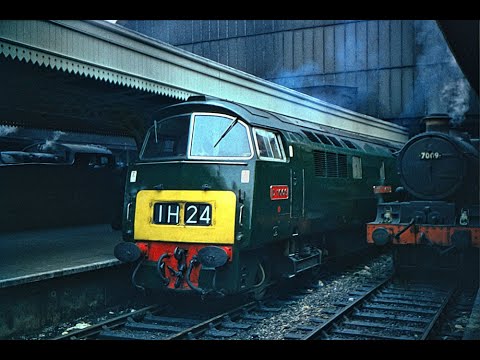Diesel engines are powerful, very efficient, and extremely reliable, but they produce peak torque in a narrow power band, operating best when coupled to a load with the engine running at as close to a constant speed as possible. Heavy trucks with diesel engines may have as many as 18 forward gears in order to keep their engine turning in the band depending on speed and load.
Railway locomotives are an even more challenging application for diesel power. While diesel engines can easily produce the required motive power, coupling that power to the driving wheels while keeping the engine in its optimal power band is a daunting challenge. A mechanical transmission and clutch that could transmit the power needed to accelerate a heavy freight train from a standing stop to operating speed would be so large it would be difficult to fit within the confines of a locomotive, complex, almost impossible to operate manually, and prone to breakdown.
The most common solution is the diesel-electric locomotive, in which the diesel engine drives an electrical generator that powers electrical traction motors that drive the wheels. Since an electrical motor can be designed to have maximum torque at zero revolutions per minute, the electric drive is ideal for starting and accelerating through low speeds, and the electronic control system allows the diesel to operate in its optimum power band regardless of the locomotive’s speed.
But that isn’t the only way to do it. A diesel-hydraulic locomotive uses a hydraulic torque converter to couple the diesel engine to the driven wheels. This is much like a super-sized version of an automotive automatic transmission and, while less efficient than a diesel-electric drive, it is typically smaller, lighter, and less expensive. Diesel-hydraulic locomotives were developed in Germany and widely deployed in the 1950s. Starting in 1955, British Rail undertook a wide-ranging modernisation plan to replace steam power with electrification and diesel, and in the western region introduced a series of diesel-hydraulic locomotives based upon German designs. After some problems with early models, the locomotives were considered reliable and satisfactory, but their service life was to be short, eventually being retired after about 15 years in an effort to standardise on a limited number of types.
